This was the fireplace opened up by the builders:
When the house was purchased, it had had a Victorian cast iron fireplace surround installed:
This of course is a much later fireplace than what would have been installed originally, so I've since removed it and it will be installed in the room behind, where the fireplace has been opened up once more (pictures below).
To replace this later surround, I managed to get my hands on an original, Georgian marble surround from a Dublin dealer, found by my brother. It dates from approx 1820, the same decade my house was built. Judging by the modest proportions of the house and other fireplaces in the locality, it was likely very similar in design, clean and simple.
It had been cracked in a few places, but expertly repaired by David O'Reilly's Antique Fireplace Restoration:
The 21 KW Henley Druid Boiler stove being plumbed into position:
The finished product, very pleased!
The boiler aspect of the stove works extremely well. There are two pipes running from the rear of the stove, an exit flow and a return flow. The pipes penetrate the right side of the chimney breast and rise up into the ceiling, where they join further pipework that runs to the attic where the thermal store is located. The pipework on the side of the breast will be concealed by the time this room is completed.
The hot water rises naturally without a pump to the highest point, which is the store itself. When the temperature of the water leaving the stove exceeds a certain set point, a pump kicks in to circulate the water faster, reducing it's temperature to a lower level.
A celebratory drink was in order!
The bedroom located behind the living room had it's fireplace sealed up when I purchased the house. I opened it up to it's original size and the builders added a new concrete head and filled in the required brickwork above:
I never intended to have this as a working fireplace, but now that the scaffolding is in place outside, I've decided to line the flue anyway and at least have the option of using it in the future.
It's unclear whether this fireplace was ever used, as the floorboards seem to be original and there's no slate hearth installed. The underside of the floor does reveal that a hearth was provided for in the form of reinforced joists, but it looks like it was bricked up quite early on.
Trying out the Victorian surround below:
This is the fireplace surround downstairs in the front room (to be the dining room), with the new flue liner successfully run:
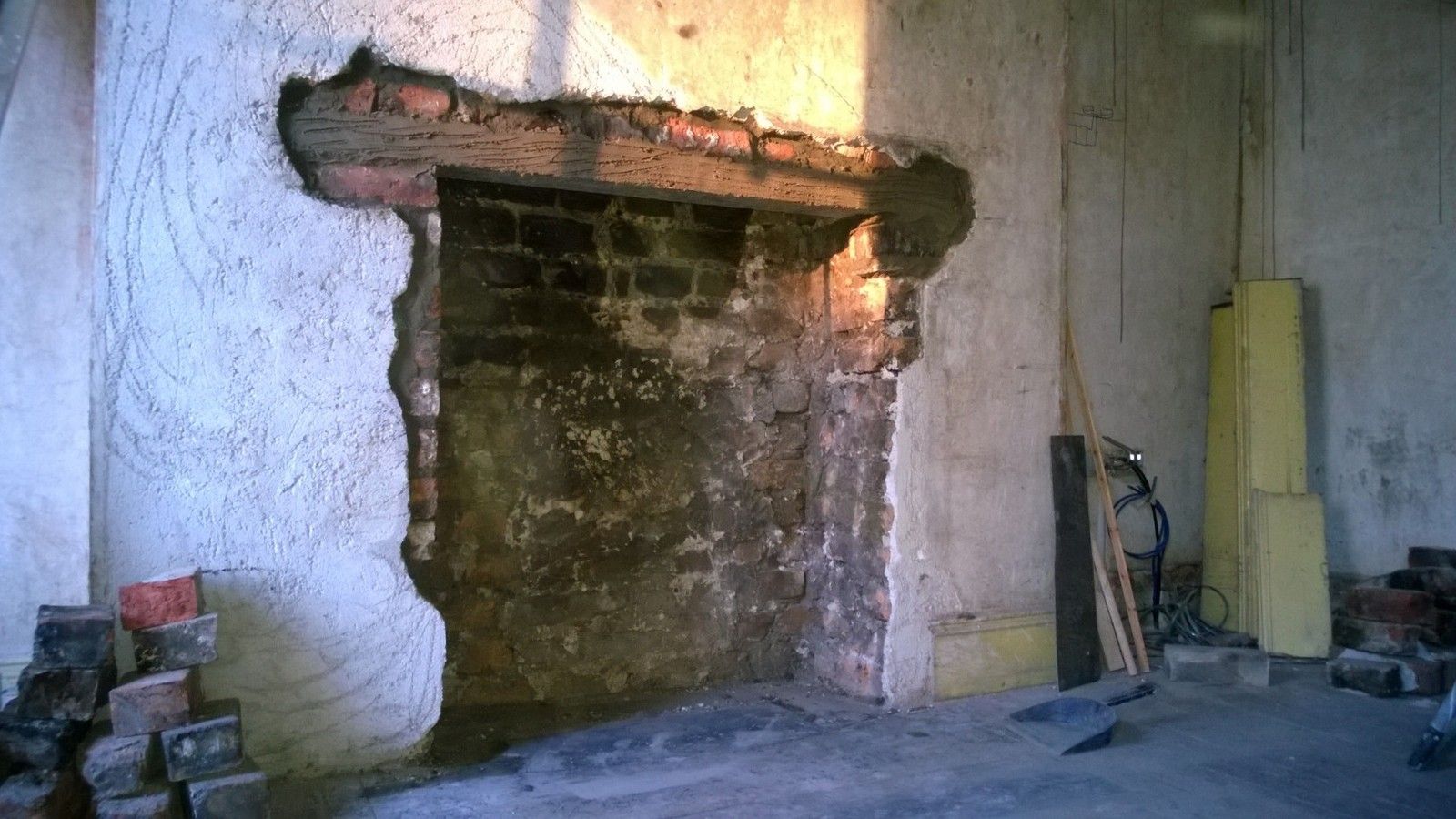

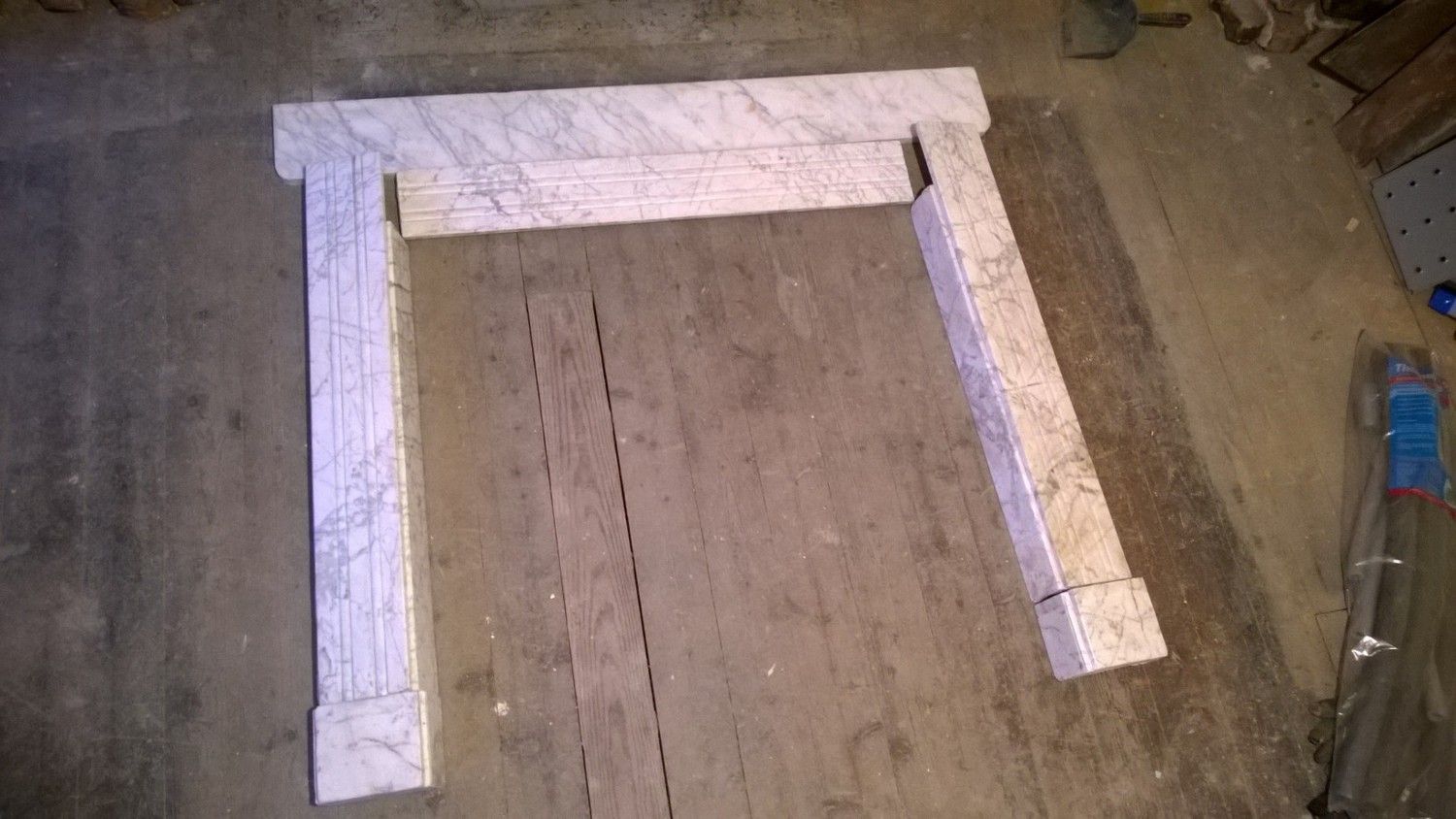
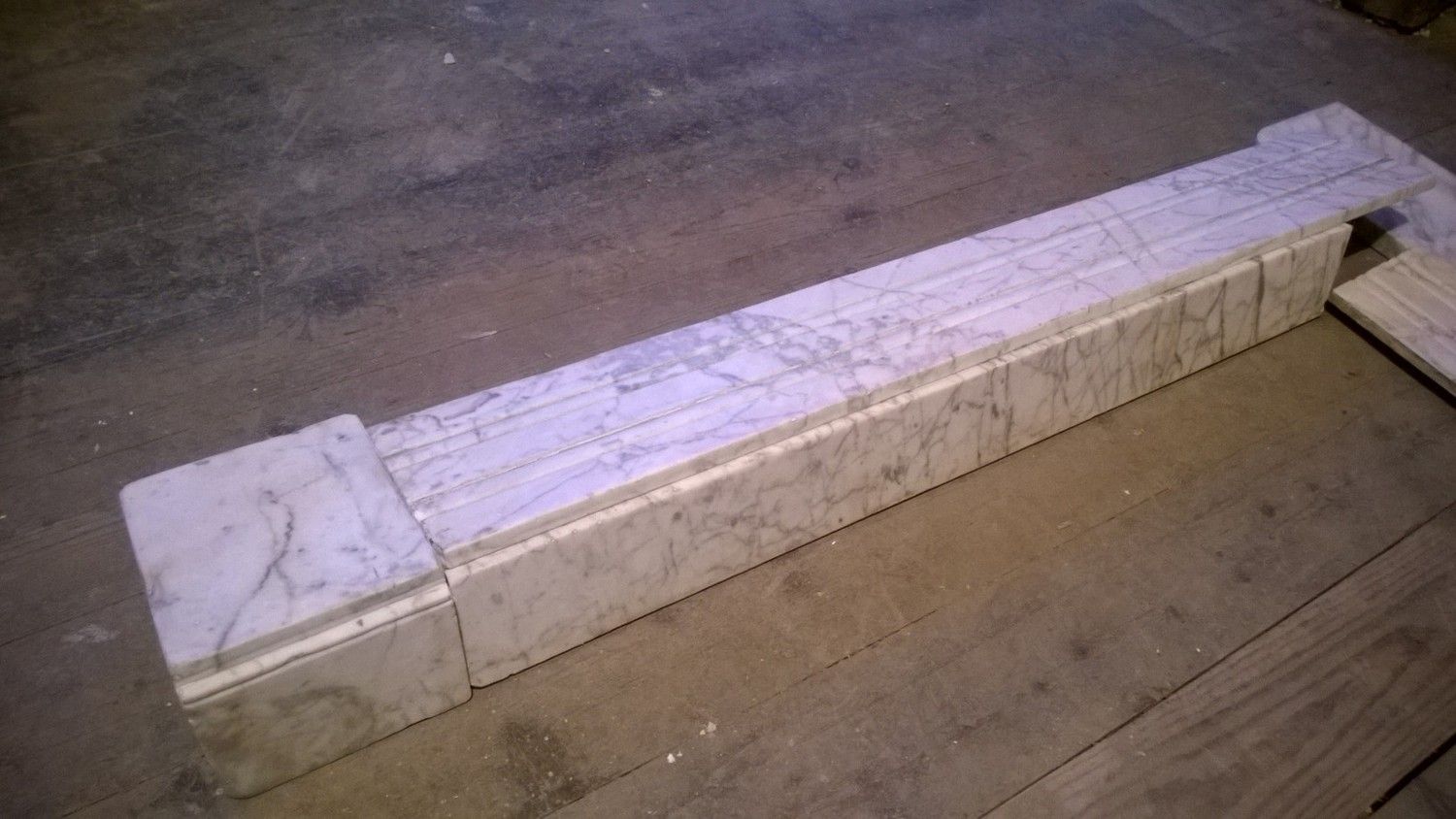
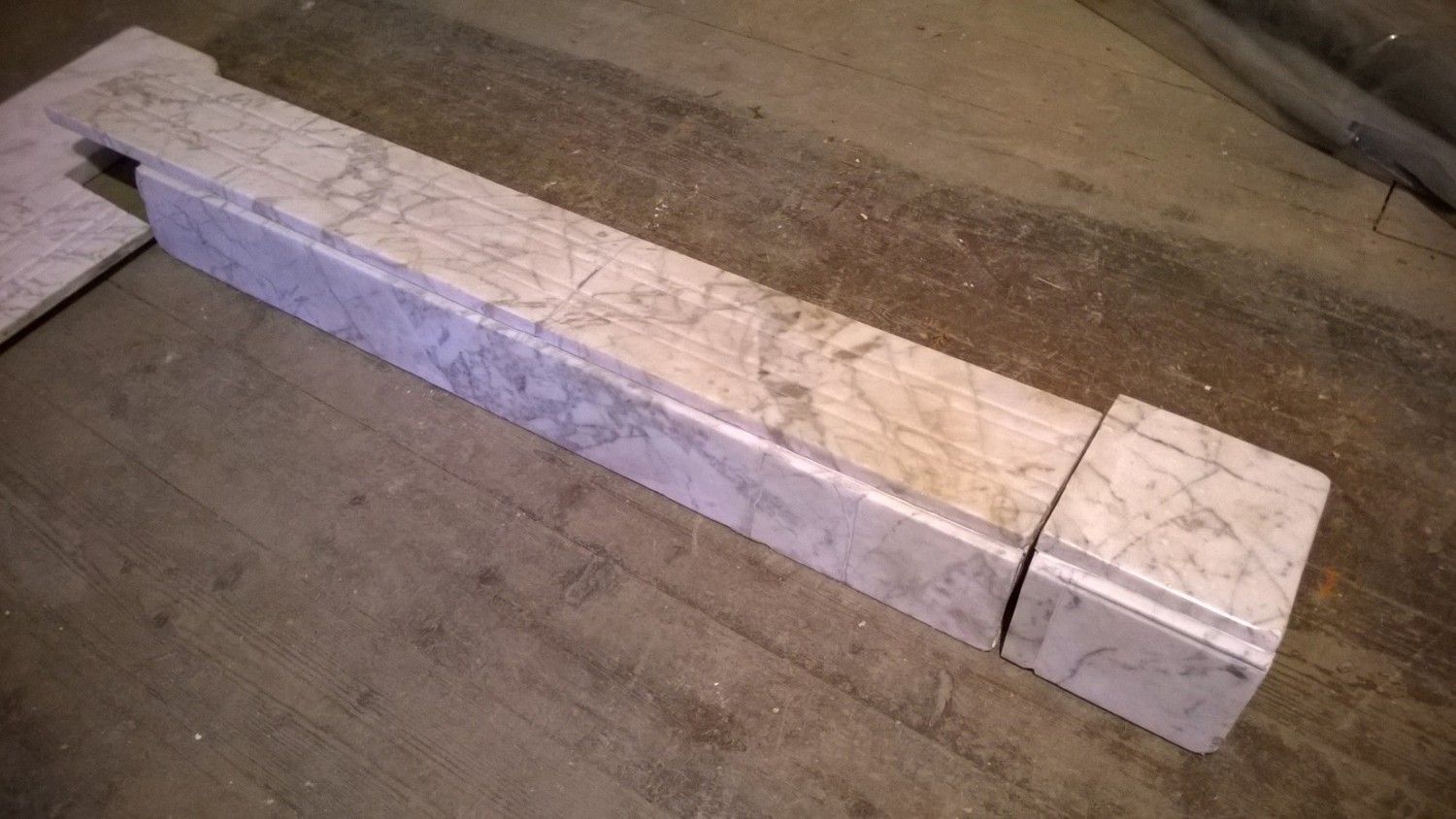
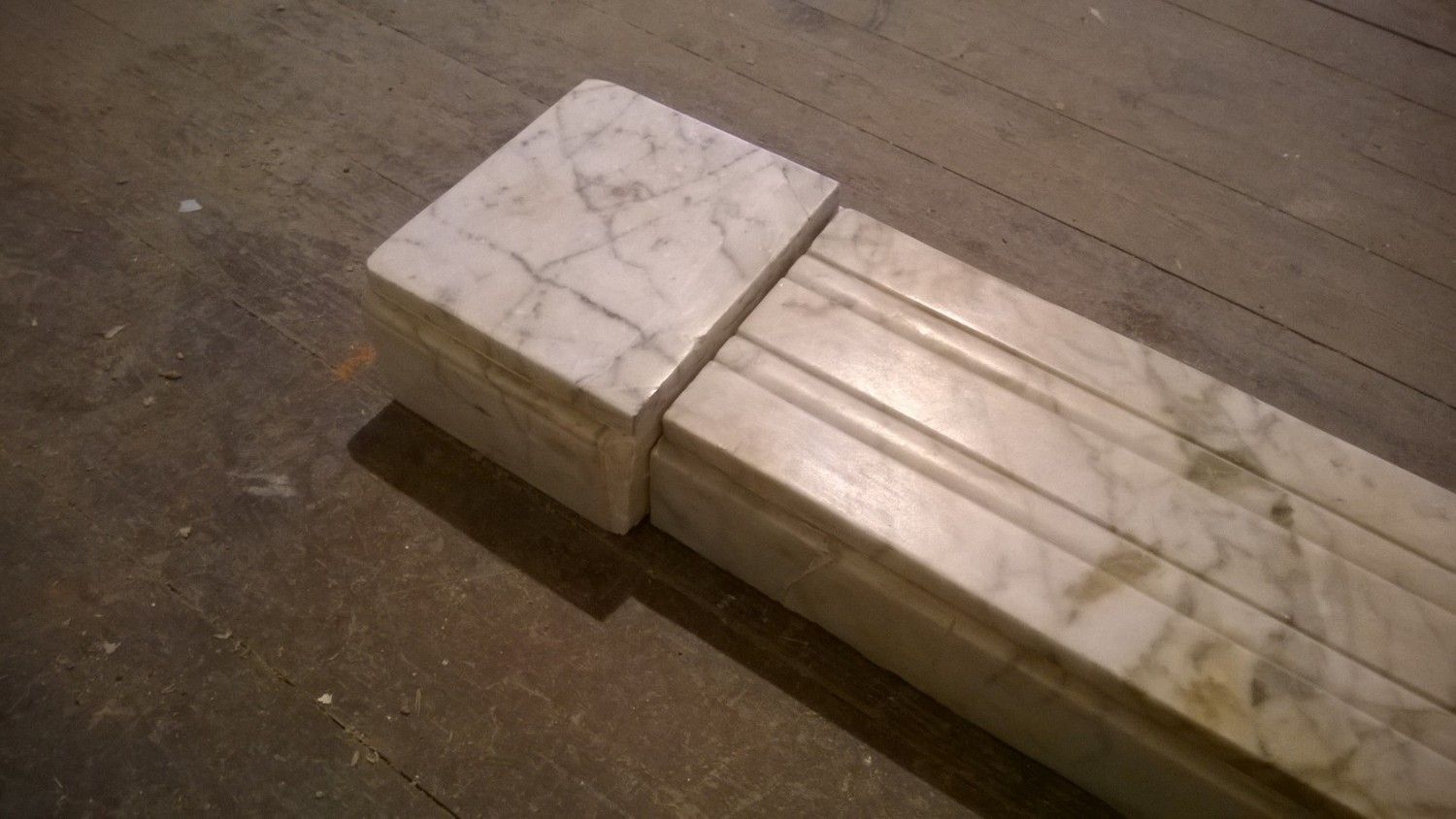
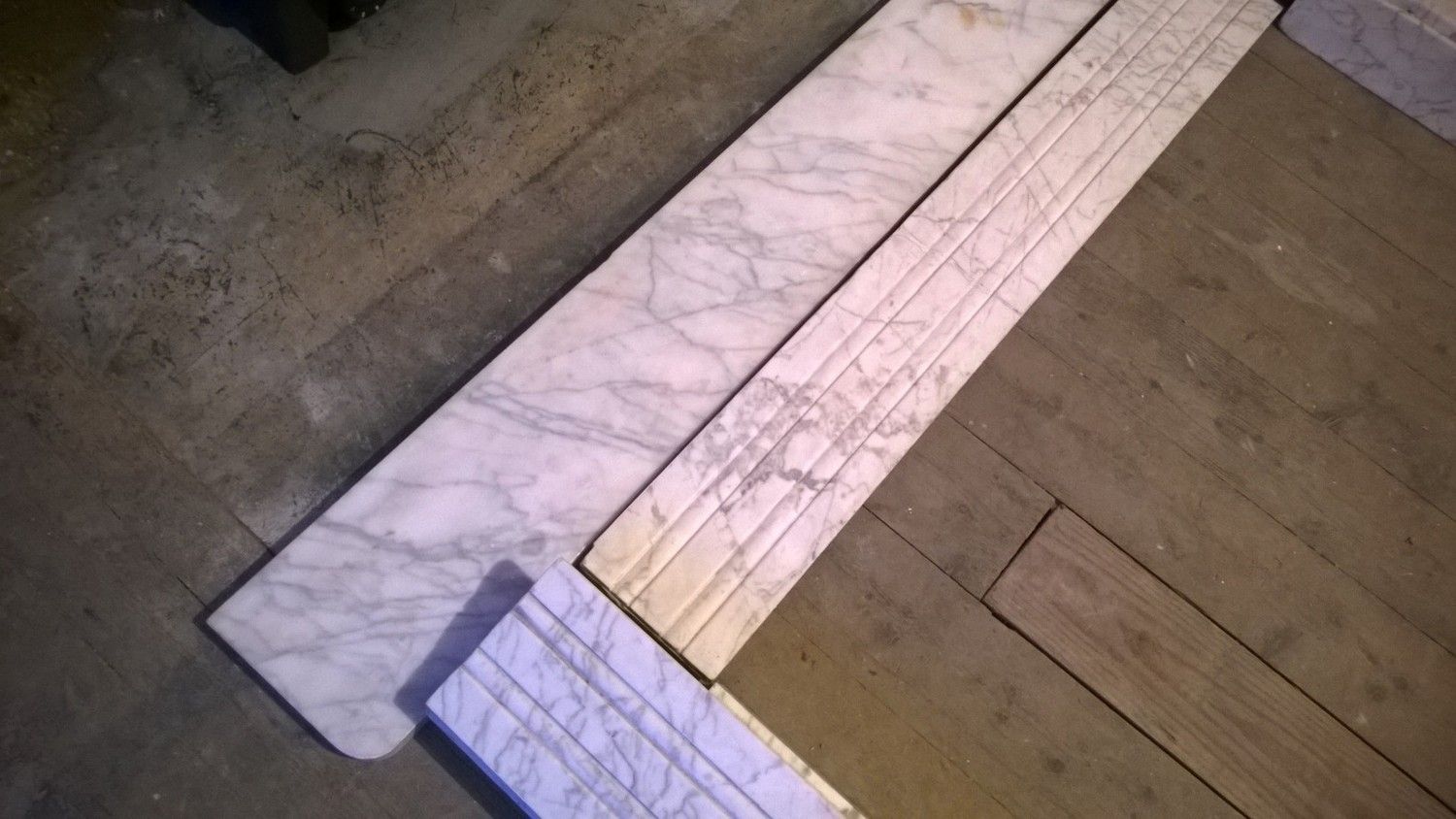
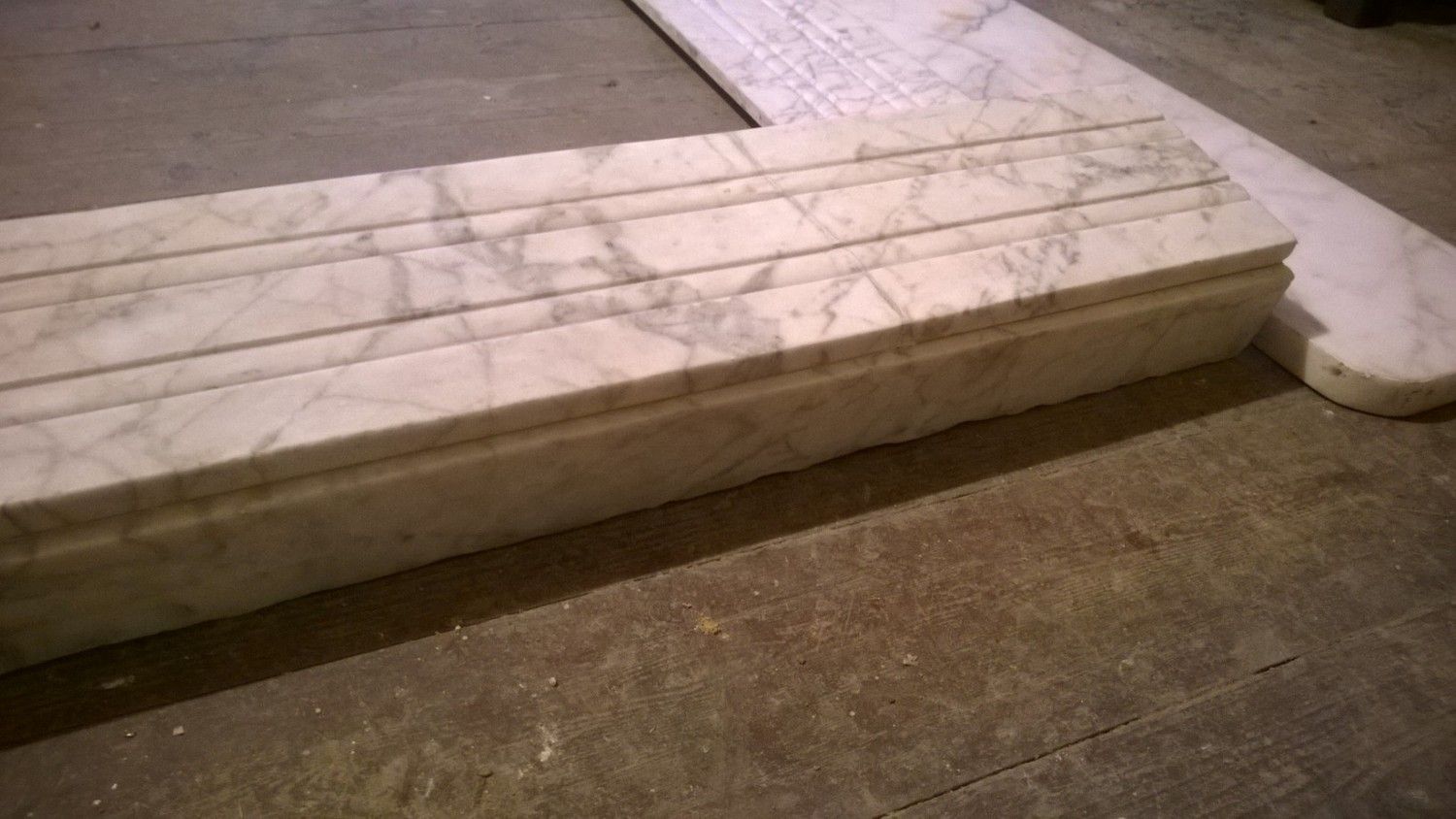
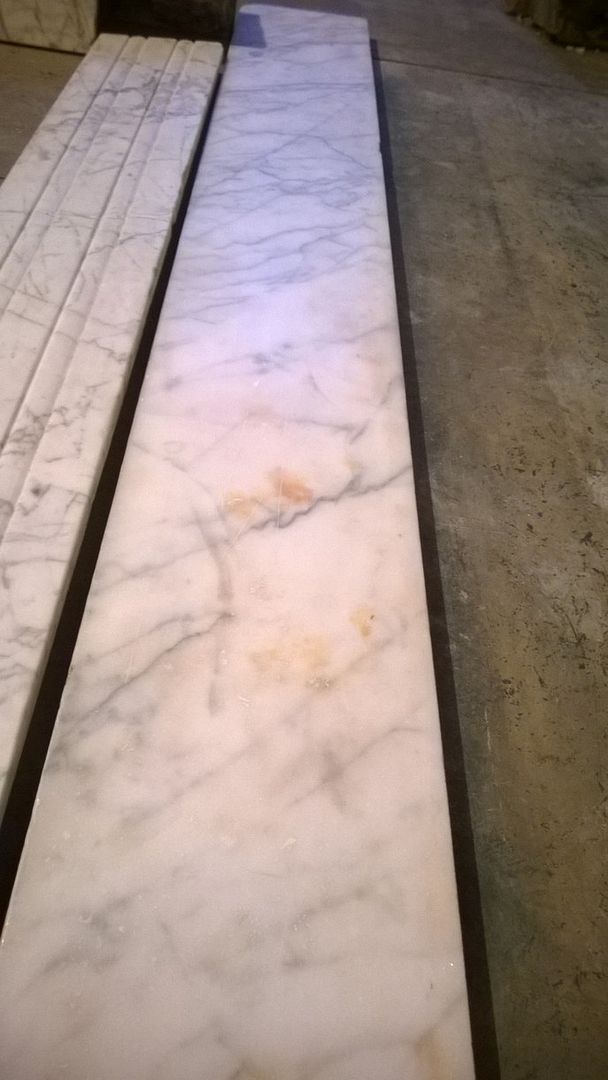
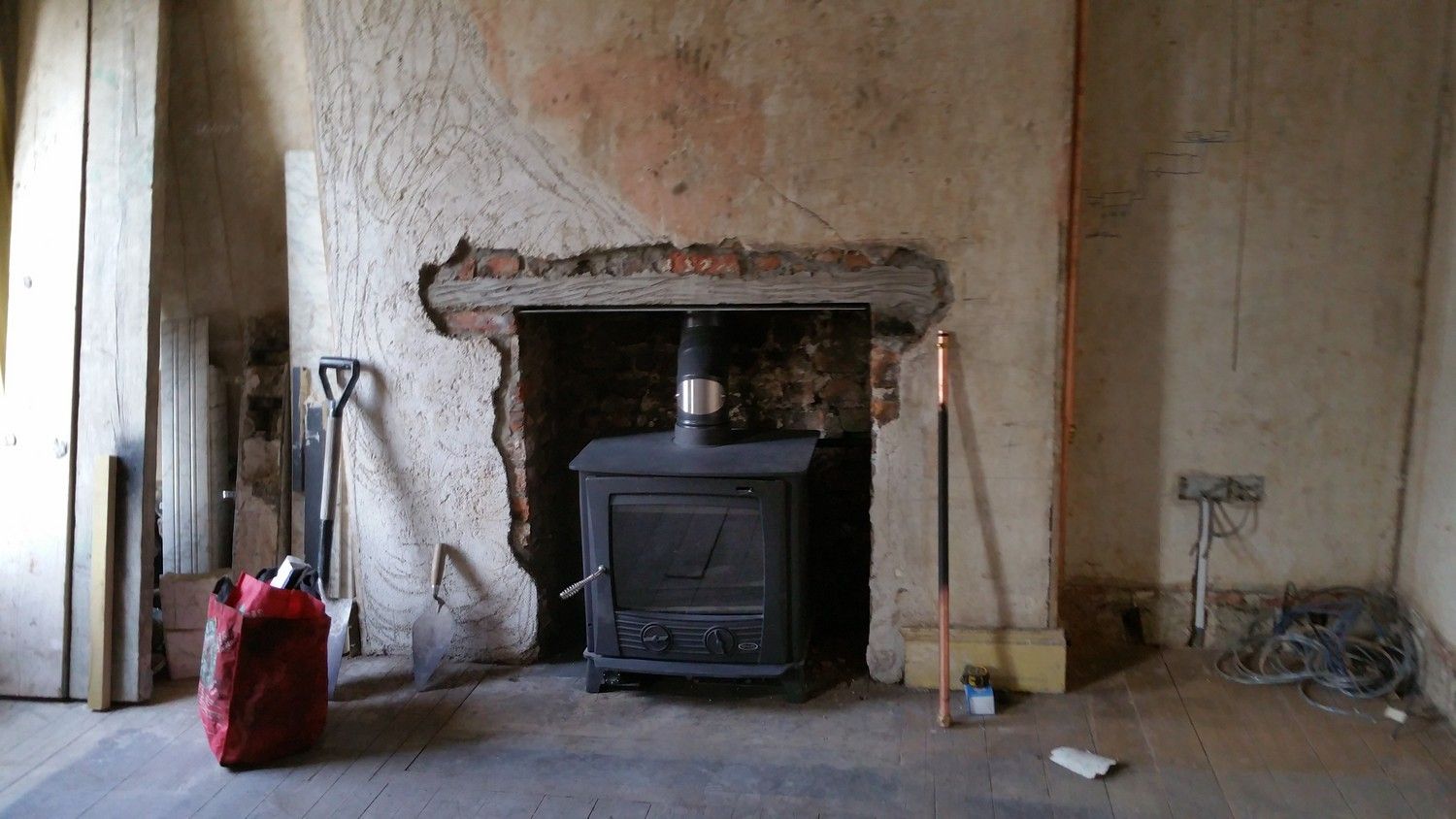
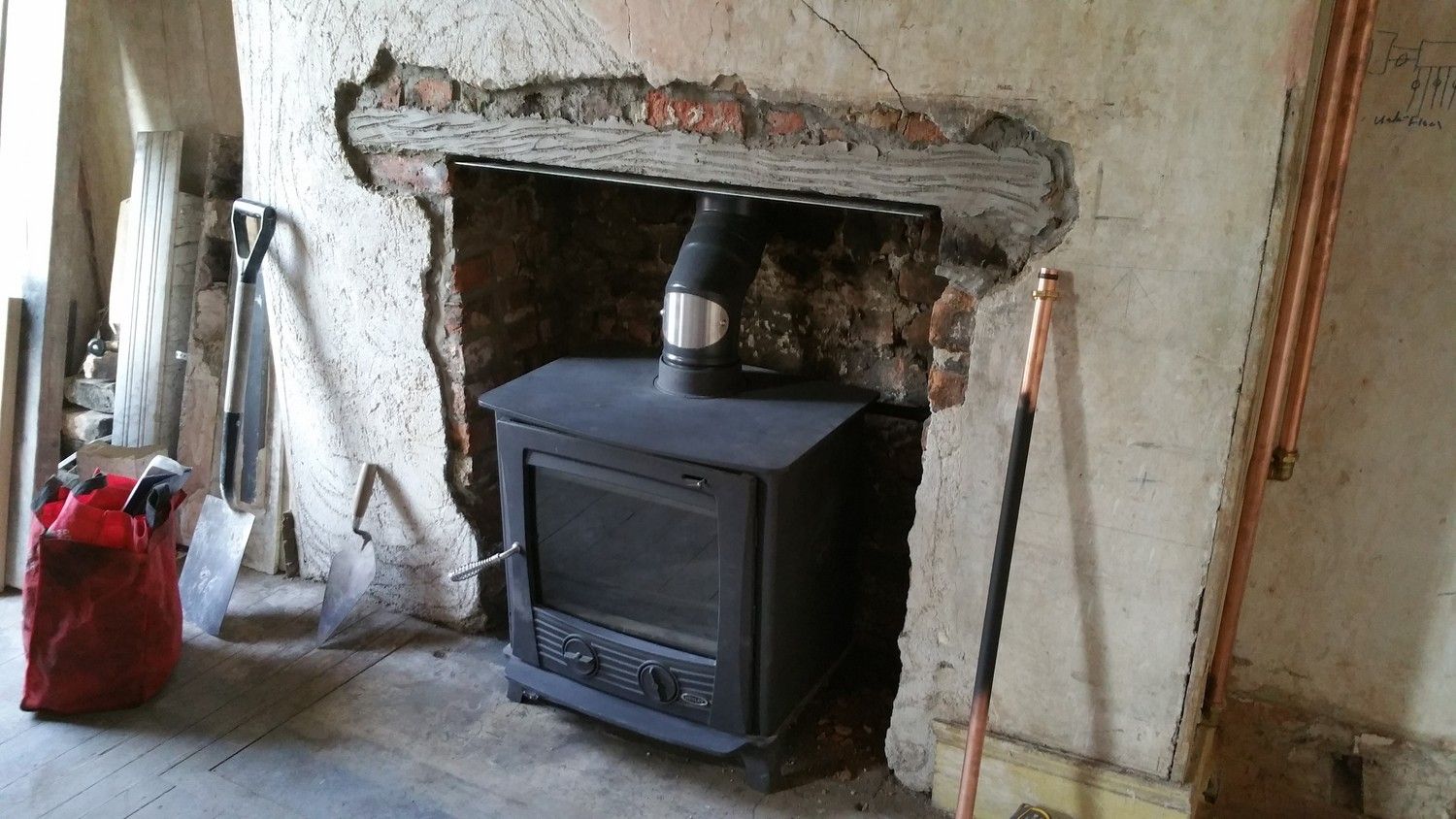
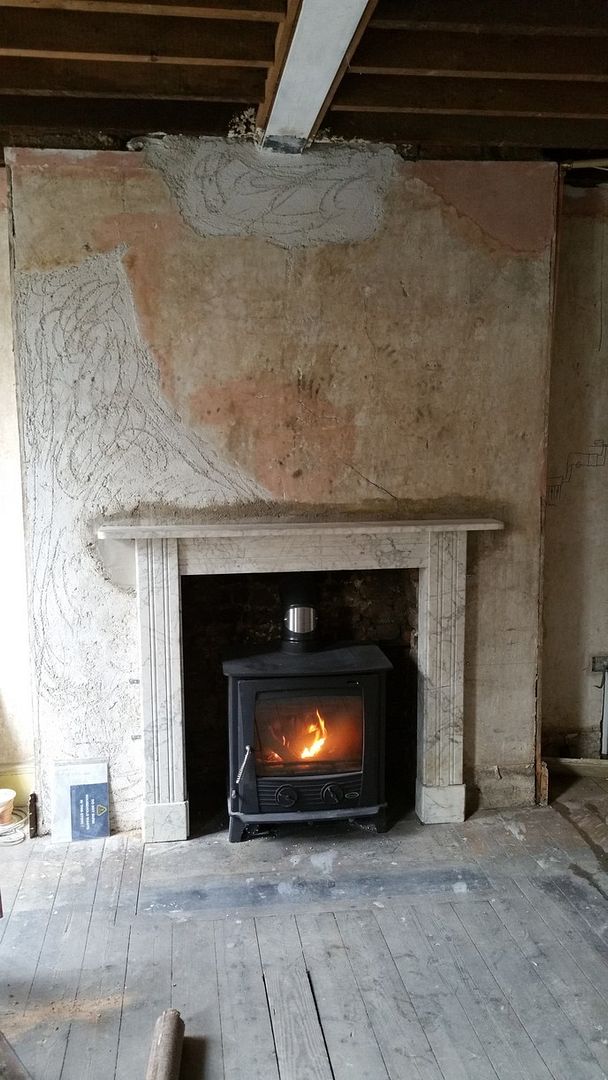
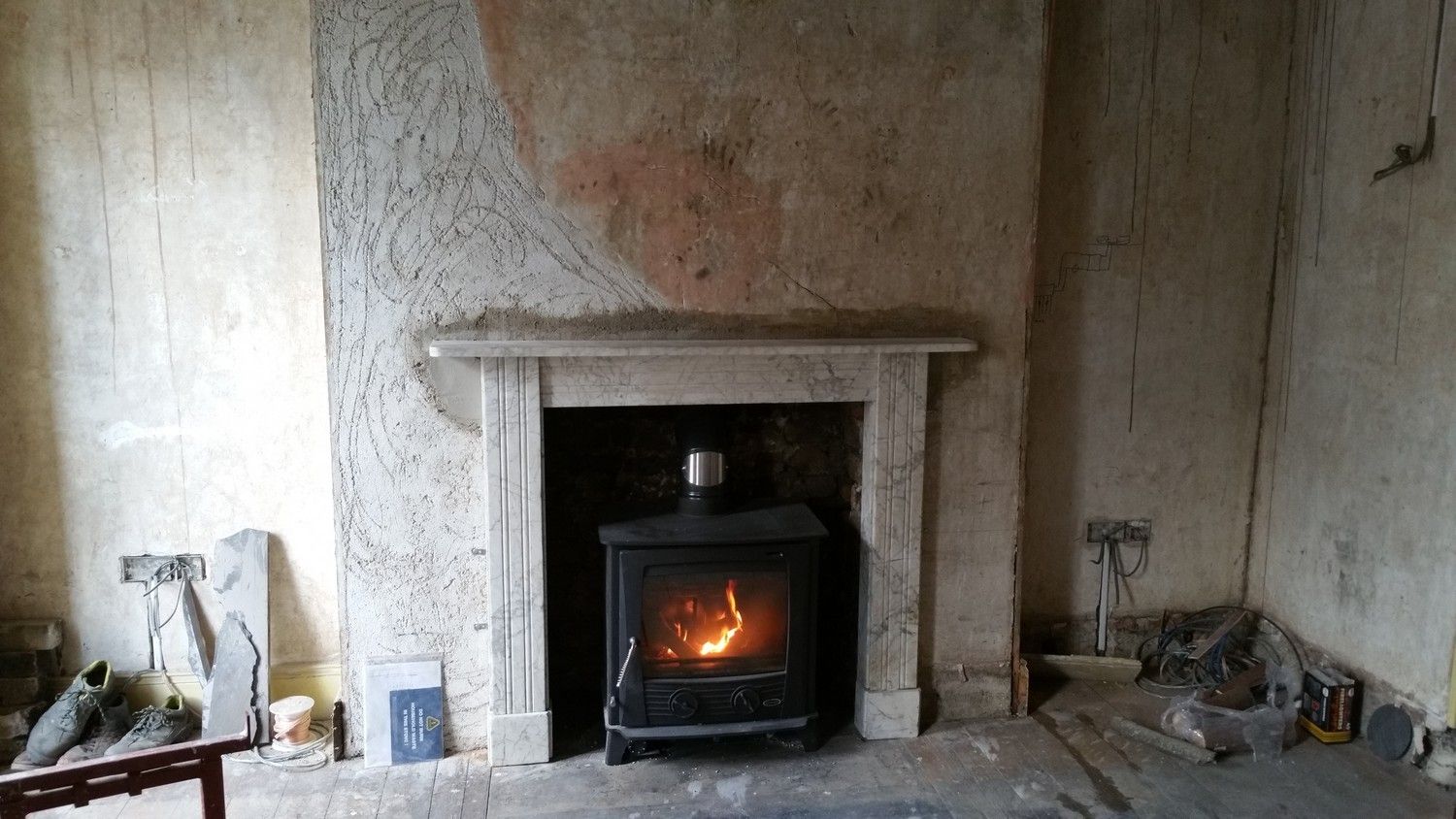
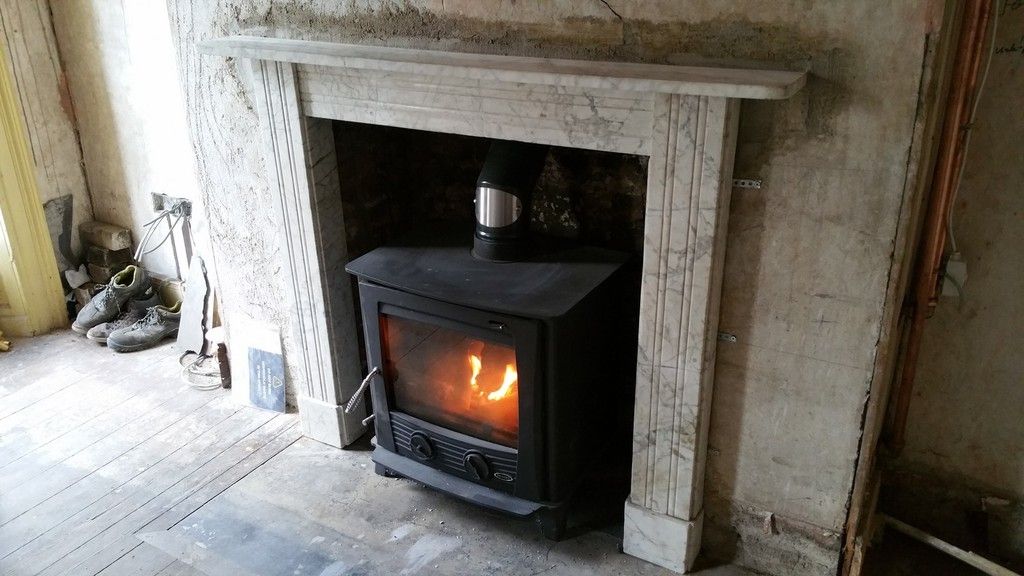
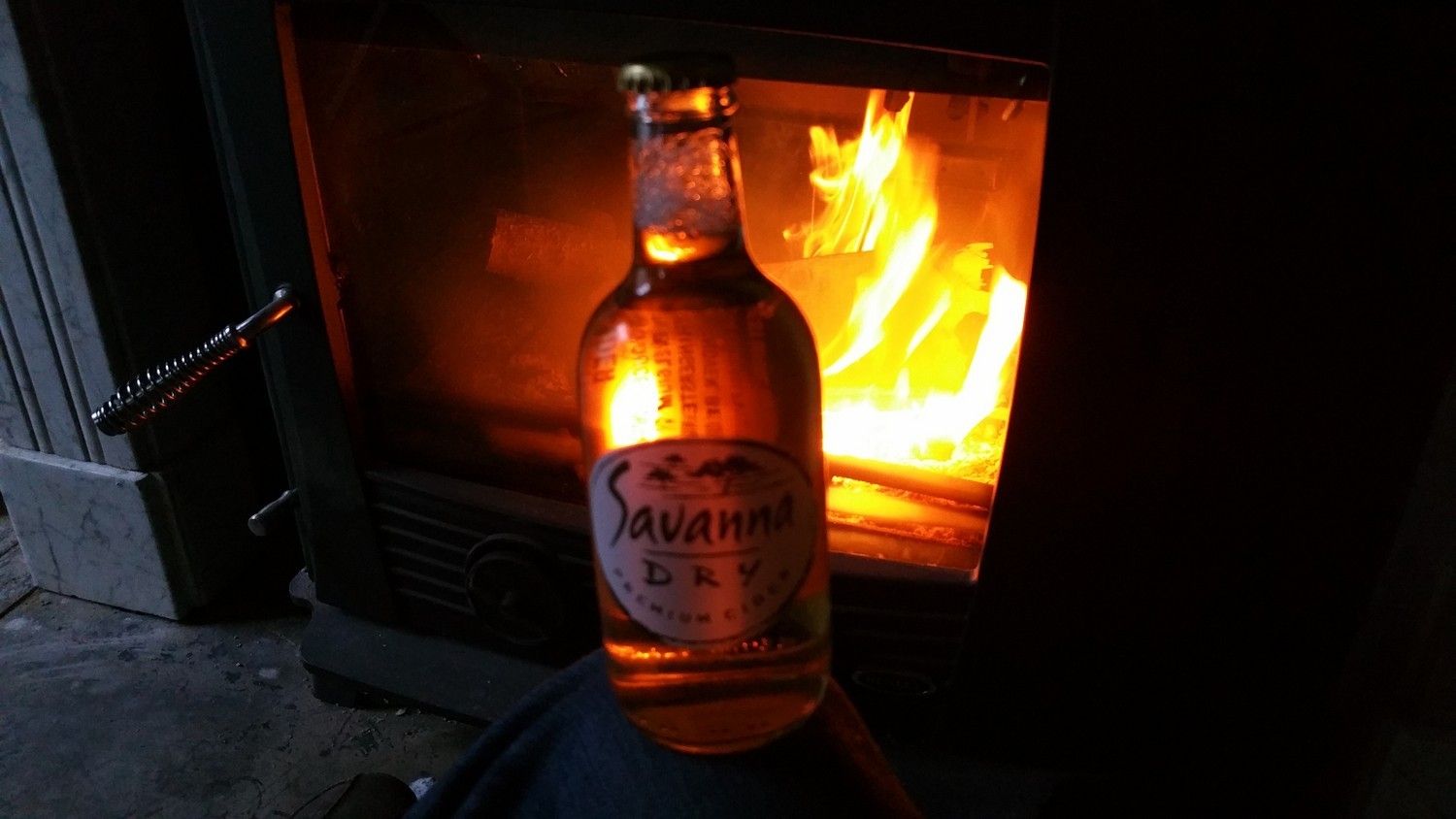
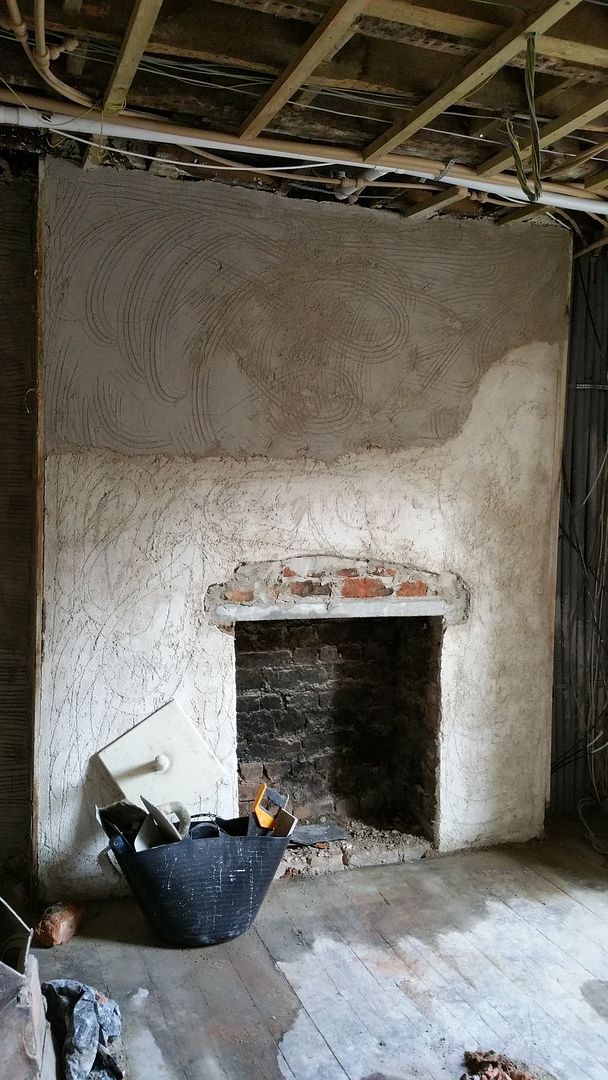
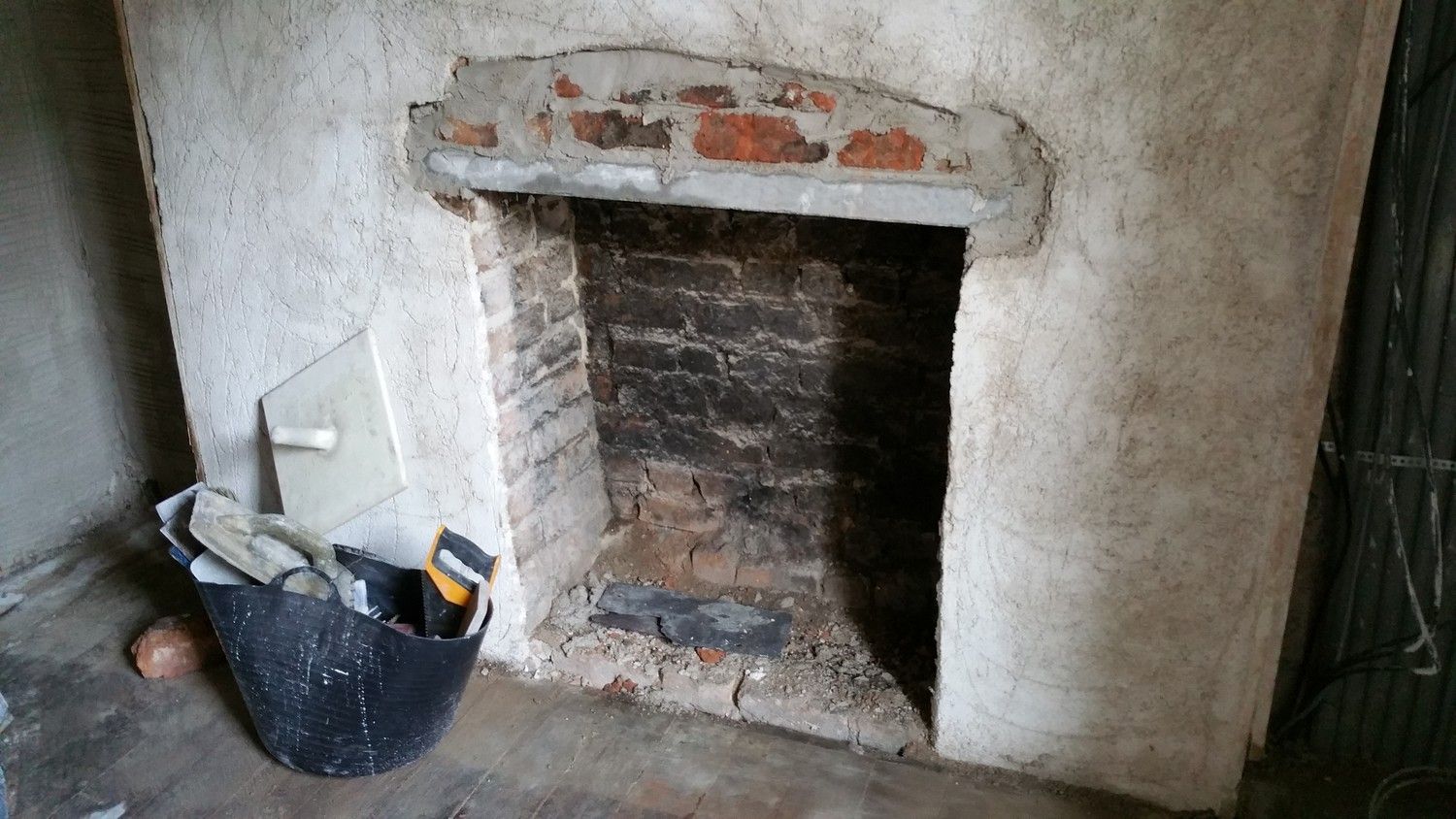
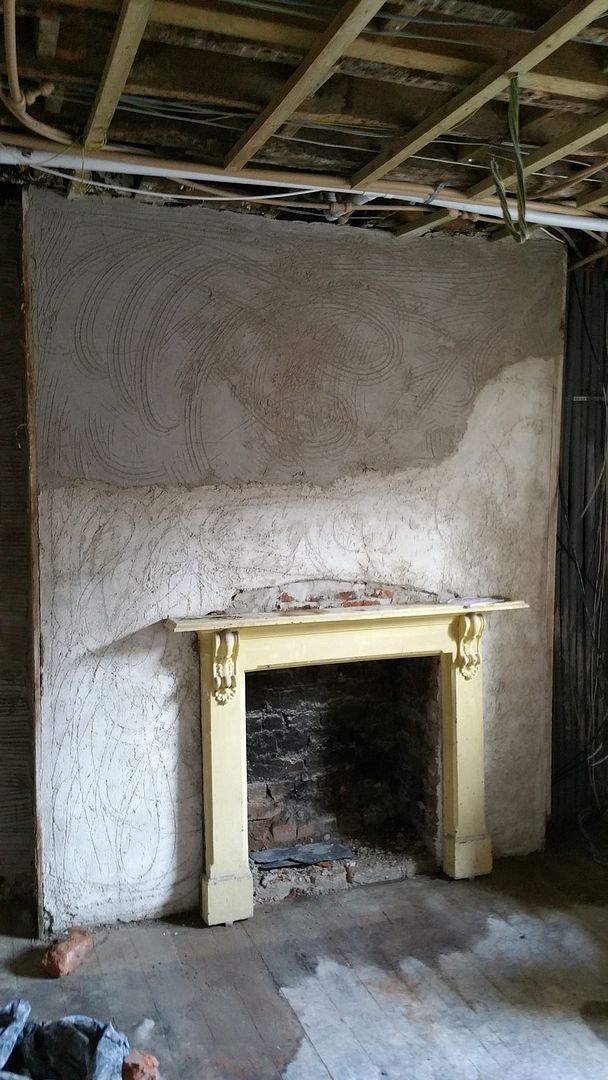
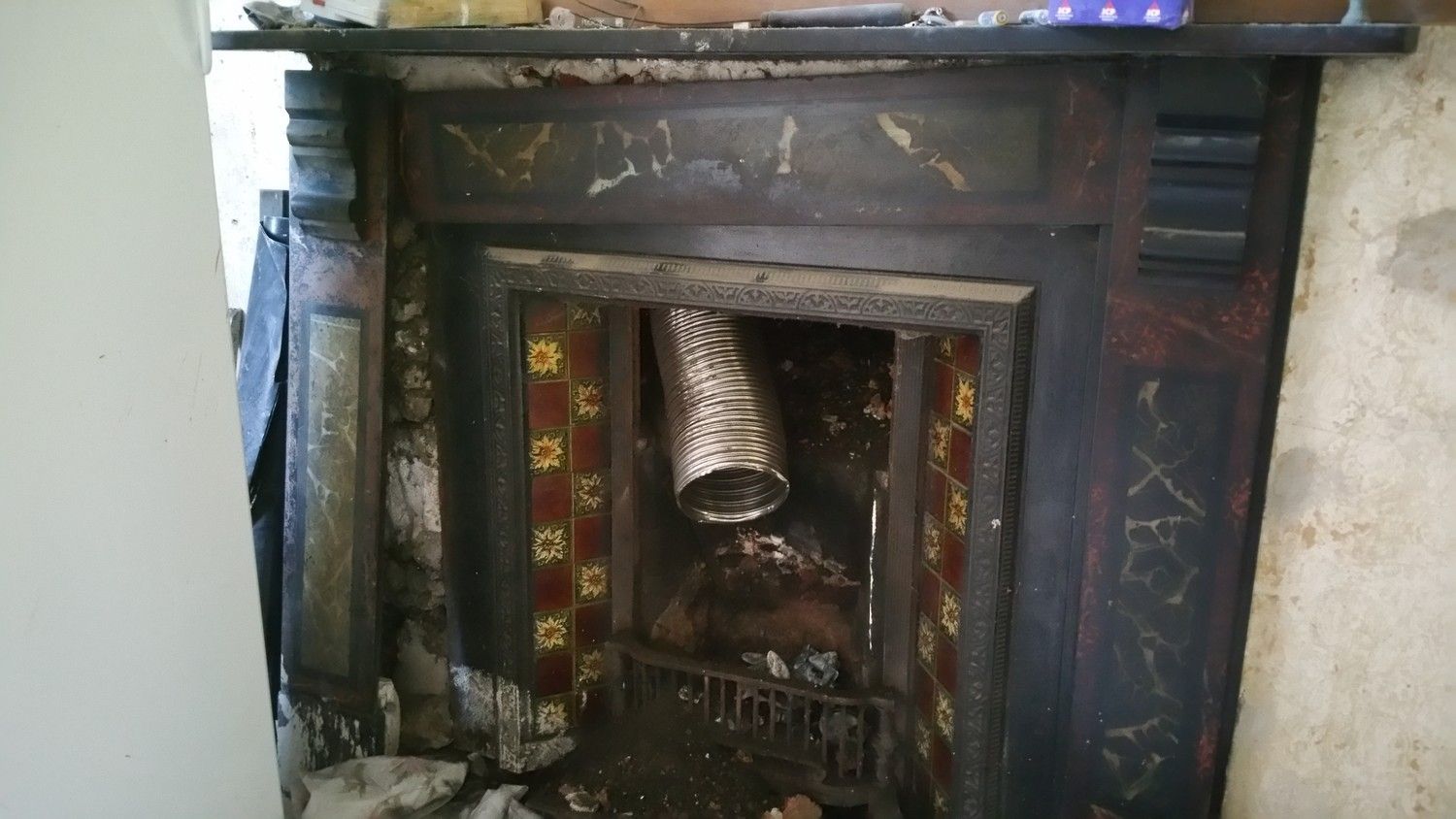
I've been following your progress with deep interest. As someone who loves old houses, I can only watch in awe at how much work is involved. Thanks for sharing the process - very educational for me. Keep up the great work!
ReplyDeleteAll the best,
Linda
Glad to hear you're enjoying it, much appreciated!
DeleteHello stephen,
ReplyDeleteI have just done the same to a georgian house in cork, except that i paid a builder to do the work. Your in-progress photos could be my in-progress photos, except that i had fabulous wide butt jointed floorboards which crumbled to the touch, from woodworm and rot.
I am doing the stairs myself, its taken me a month to strip 7 steps in my spare time. How do you do a balustrade in 45 minutes? It takes me way longer, i have tried Nitromors, StrypIt and Peelaway 1. And the mess!!
Aisling.
Hi Aisling!
DeleteHeat is the ONLY effective way to do it. Chemicals are a pure and utter waste of time, get yourself a 2000W heatgun, mask and scraper and set aside the next year. :D
The heatgun is slow, but faster than any other method i've seen.
Stephen
Are you not worried about the lead vapours? I have small kids in the house and i don't want to risk them. Great blog btw, i wish i had discovered it before.
DeleteI was, but very quickly got myself a suitable mask that protects from the vapors. Glad you enjoy it!
DeleteThis guide is really helpful and explaining a lot more about boilers. The utility bill must be cut off by deploying a boiler. Heating and Cooling York
ReplyDeleteThe replacement mantel you got for the front room is gorgeous. It's perfect in its lines and the material - that beautiful marble (?) or white granite, just delicious. I also really love how the transferred Victorian mantelpiece looks in the back room. You could add electric logs - many sets these days look very realistic. Some can also throw actual heat if they come with a fan and temperature control. I mentioned in another post how much I love the ambiance of a fireplace. The home I live in now is a small single story Milwaukee ranch home that I bought in 2014 in preparation of retiring the next year. Thousands of this same style of home and floor plan were built in the 1950s and early 1960s. Three bedrooms/1 bath. A lot of families put "rec" (recreation) rooms in the basement over the years to add extra space, and mine is no exception. It includes a bar, a powder room, an open "laundry room" area, lots of storage and a large area with a home-built sturdy wood table for woodworking, etc. These are rather plain, basic 1950s styles houses, made for thousands of young families that formed after the end of WWII and the Korean War. This house doesn't have a fireplace, but I bought a mantel and insides including a ceramic log set that is built to burn gel fuel. It burns clean and does not need to be vented to the outside. It gives me the ambiance of a fire that actually throws heat and real flames in the fall and winter when it gets cold here, and even on some dreary damp cooler days that occur occasionally during the summer. It works great for my needs. Gel fuel is purchased in cans and are hidden in the ceramic logs so you can't see them, giving the effect of a real burning fire. That would certainly work in your fireplace in the back room. Maybe something to consider.
ReplyDelete